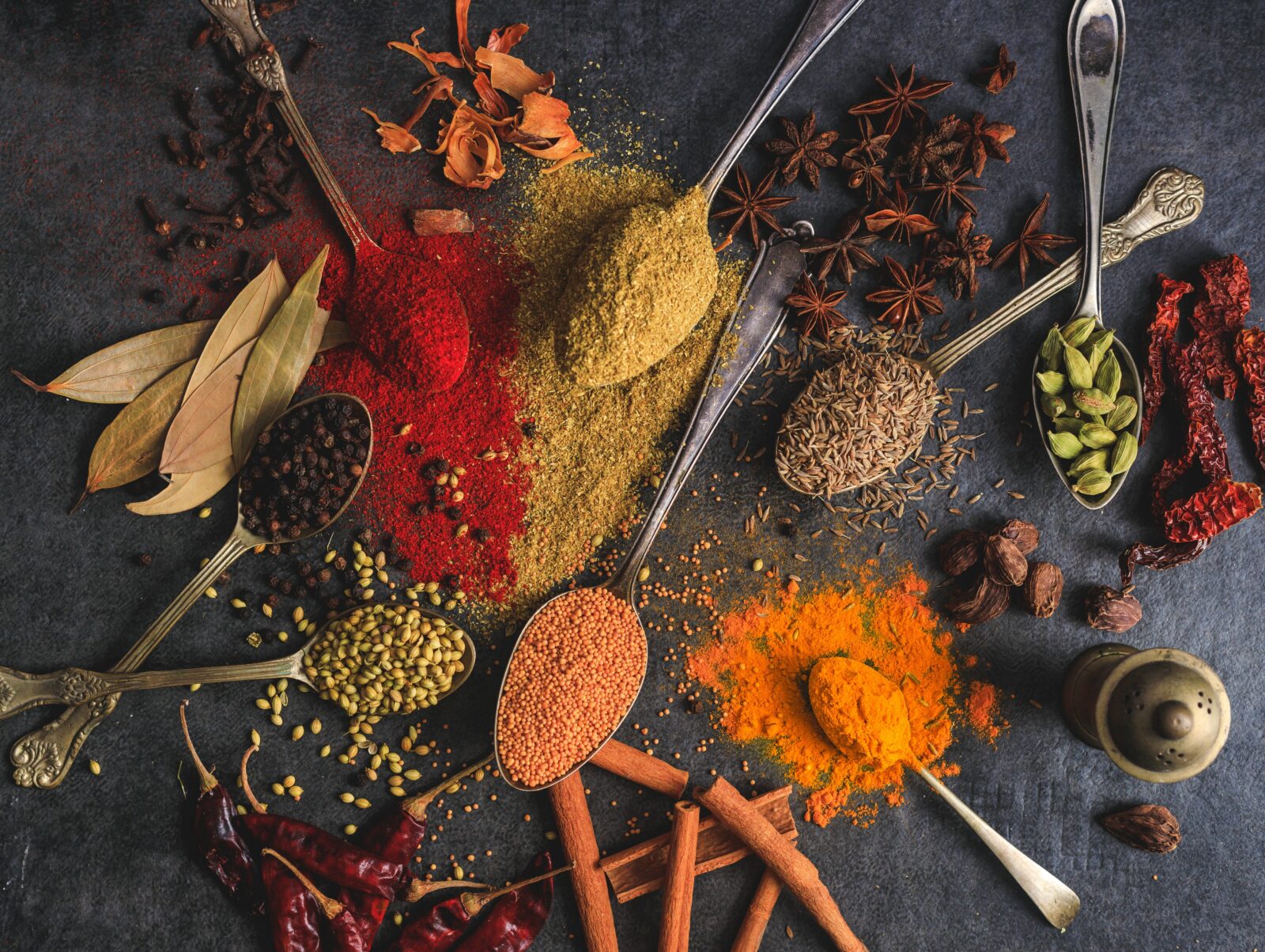
So what is a Biofilm? A Biofilm is a combination of microorganisms encased in a complex 3-dimensional gelatinous matrix of extracellular material secreted by inhabiting organisms. The establishment, maintenance and existence of biofilms are highly complex, and highly organized. Biofilms form in many places/tissues, however we will focus our discussion today on the digestive tract.
Biofilms are ubiquitous across biological species, however they become problematic for our health when they are inhabited by pathogenic species. The formation of a biofilm involves several key steps: 1) attachment of organisms to a surface, 2) microcolony formation 3) Biofilm maturation and dispersion. The communication between organisms, and the cross species cooperation is quite fascinating and complex, considering the simplicity of the organisms involved.There are several adaptive advantages of working together in this way, for instance there is enhanced scavenging of nutrients from liquid/solids passing through the digestive tract, higher DNA synthesis and enhanced growth rates, and greater diversity which enhances resistance to elimination and greater virulence. They essentially allow the microbes to hide from our immune system, and protect them from exposure to substances that might kill them off otherwise.
In the treatment of digestive conditions, chronic infections (both digestive and otherwise), toxicity, autoimmunity etc, addressing these pathogenic biofilms is often an essential part of treatment. For if left untreated, they are essentially protected from antimicrobial therapies. Important to note, is that as you treat these biofilms, there can be sudden flares or surfacing of infections that were previously undetected, because they were hiding. For this reason, prior to running stool panels it can be helpful to do a series of biofilm busting nutrients and/or herbs so there is a greater chance of detecting what microbes are present within the digestive tract. There are several principles that come into play when attempting to achieve this: 1) Reduce the strength of the biofilm by affecting its integrity and inhibiting the communication between organisms, 2) Inhibiting the nutritional needs of the microorganism so that they can no longer reproduce and ultimately die, 3) Adding in nutrients and herbs that reduce the populations of the pathogenic organisms, and 4) Preventing recurrence.
Luckily there are so many natural anti-biofilm agents. When addressing biofilms, it is often most effective to use a blend of different methods as well as rotating to enhance effectiveness and reduce resistance.
Foods/Botanicals that help to disrupt biofilms
- Cranberries: This is particularly well known for inhibiting pathogenic biofilms in the bladder/urinary tract. However there is also research around reducing oral plaque and digestive tract. They are rich in antioxidants and fiber (if eating whole berries), have antiviral and antifungal activity, and have also shown to be beneficial against H. Pylori. You can either use Unsweetened Cranberry Juice, Cranberry Capsules or Powder, Tinctures or whole berries.
- Garlic: Well researched to reduce biofilm formation for several pathogenic bacteria. Can be used as a food, capsules or even as an extract! Is often a part of herbal antimicrobial combinations for bacterial and fungal infections.
- Cinnamon: Inhibits biofilm formation and toxin production. It inhibits communication between organisms. Can be used as powder or tincture. Is also often part of antimicrobial combination formulas.
- ● Ginger: Inhibits biofilm formation, also inhibits inflammatory responses and increases movement through the digestive tract (via stimulation of the Migratory Motor Complex), thus reducing the amount of time substances and microbes remain in one area of the tract.
- Turmeric: Inhibits biofilms by reducing the secretion of biofilm creating substances by bacteria. Generally higher doses are required for this effect, so capsules or extracts can be helpful. Also consider the synergistic effect of adding multiple of these mentioned spices and herbs to enhance effects.
- Oregano/Thyme: Potent antimicrobials. Included in many of the combination antimicrobial formulas, useful against biofilms. Useful in culinary preparations as well as liquid extractions.
- Apple Cider Vinegar: Acetic acid was shown in research studies to eradicate bacterial biofilms. Consider making a well-known traditional herbal concoction called Fire Cider, for use as a daily immune boosting and biofilm busting elixir!
- Berberines (Oregon Grape Root, Goldenseal, Barberry, Chinese Goldenseal (Coptis): Potent antimicrobials. These herbs are also tonifying for mucous membranes and have bitter qualities assisting with digestion. Also useful for upper respiratory conditions and UTIs. Effective against biofilms containing MRSA (methicillin-resistant staph. aureus).
Other Nutrients/Supplements To Consider
- Proteolytic Enzymes: Protease, Amylase, DNase, Alginate lyase, Cellulase. The key with enzymes is they work best when taken on an empty stomach, otherwise if taken with food they get used to break down the food. There are several enzyme combination formulas designed for biofilm disruption.
- Activated Charcoal/Binders: These are essential in any biofilm busting protocol as they bind up and remove microbes and the toxic byproducts released in the process of reducing pathogenic species and biofilms.
- NAC (N-acetyl Cysteine): Well researched to decrease biofilm formation, by both reducing the production of extracellular polysaccharide matrix while also promoting reduction of mature biofilm. It also reduces the viability of gram negative and gram positive bacterial species. Also effective for pathogenic biofilms in the vagina, such as those related to chronic bacterial vaginosis and candida.
Other Therapies
- Fasting (Intermittent or Block Water Fasting): Water fasting resets the flora and can be a wonderful way to kick start major shifts in microbial balancing.
- A series of Enemas and Colon Hydrotherapy: Flushing the digestive tract can help to physically remove biofilms, and is especially useful to use when you are actively working to disrupt biofilms with natural substances.
Now this list is nowhere near extensive, and yet it is wonderful to know that so many regularly used herbs, spices and nutrients are beneficial for this highly important topic of Biofilms!
Happy Healing!
Members Only Content
To continue reading please subscribe to WellnessPlus by Dr. Jess MD
Be your own best doctor with our comprehensive suite of online health coaching tools.
